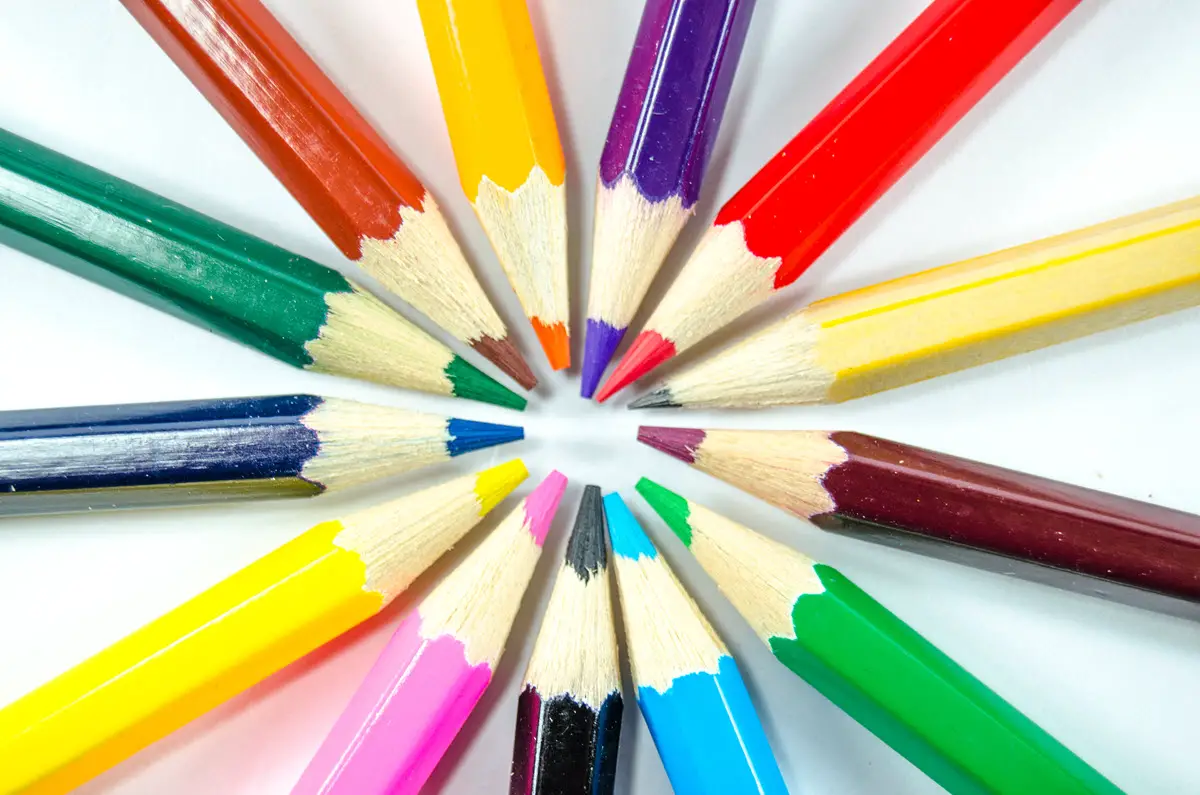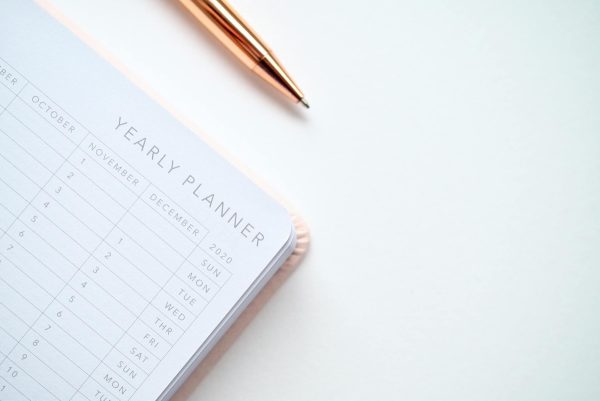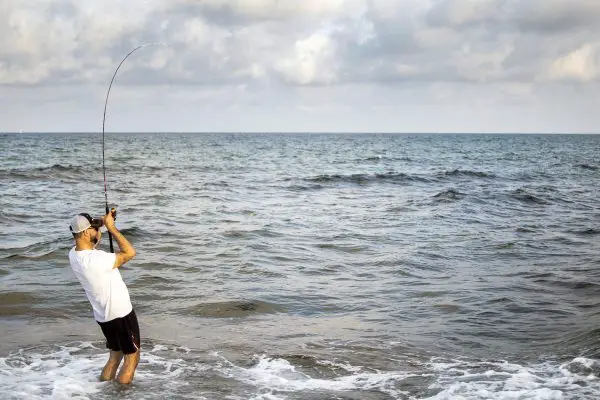What You Need to Start Drawing With Pencils

Estimated reading time: 5 minutes
Table of contents
If you want to dabble in the arts, pencil drawing is one of the easiest mediums to learn. Despite all the advances in computer technology, many artists still favor traditional media like paper and canvas over their digital counterparts. Probably because everything you could need is easily accessible and inexpensive.
Pencil sketching has developed into a gateway into the visual arts, from scribbling random forms to making artwork. In addition, when you explore your interest in art, you’ll learn that paper and pencil aren’t enough to fulfill your creative needs. The importance of using high-grade supplies will become clear, and you’ll want to take advantage of this by splurging on the best equipment you can afford.
However, if you’re just beginning to discover the joys of pencil sketching, you may be wondering what materials you will need. In light of this, we’ll run you through the various tools you’ll need to get started.
Pencils
If you want to draw professionally, you should stock up on pencils. With these pencils, you’ll have the flexibility to experiment with different effects, textures, and artistic styles in your drawings. Here are a few examples of good pencils to have on hand:
Graphite Pencils
Graphite pencils range from “H” (hard) to “B” (black or soft). They come with a corresponding number that reflects the pencil’s hardness or darkness when drawn. As the value increases, the lead becomes either softer or harder.
When you need precise, unmistakable lines, a hard pencil is your best bet. They perform well for technical drawings, such as those used in architecture and design, or for copying gridlines in your artwork. On the other hand, the softer pencils work great for adding depth and shading. Use this to your anniversary painting and watch it come to life.
Colored Pencils
Graphite pencils and colored pencils share a lot of the same manufacturing processes. The pigment is combined with a binder and a clay filler. The use of wax acts as a lubricant, making it easier for the pencil to glide across the paper. These come in a wide range of colors, all of which will provide a more realistic appearance to your drawings. While some colored pencils produce crisp, unwavering lines, others are softer and allow for more seamless blending.
Charcoal Pencils
The compacted charcoal used to make a charcoal pencil is what gives them their reputation for producing such rich, dramatic blacks. Unfortunately, this makes them hard to mix or smear. They also come in both round and square shapes and a variety of hardness and density levels.
SEE ALSO: Would You Let a Stranger Draw Your Profile Picture?
Erasers
Erasers are indispensable for all artists, whether they are just starting or are seasoned veterans. They may be used to erase mistakes or to lighten or soften areas of a drawing. Several distinct types of erasers may be purchased nowadays. A few examples are as follows:
Rubber Eraser
If you are working with graphite, it is highly recommended to use a rubber eraser. With the help of this remarkable eraser, even the most stubborn marks can be effortlessly eliminated through a simple application of friction.
Putty Eraser
The soft and pliable nature of putty erasers has earned them the nickname “kneaded erasers.” They are versatile and may be molded for erasing targeted areas or “lifting out” highlights from densely shaded regions.
Vinyl Erasers
You won’t find a more sturdy eraser than a vinyl eraser. It can wipe off nearly all traces. On the edge, they may be utilized to produce clean cuts in areas of dark tone. However, you should use caution with this one because it may cause paper damage.
SEE ALSO: Digital Makeover Magic: Breathing New Life Into Your Website
Paper
Although a drawing may be created on any surface, it is sometimes essential to consider the quality of the surface as the medium being utilized. There is a wide selection of paper types suitable for pencil drawing. If you’re just starting, it could be a good idea to invest in a cheap sketchbook.
Finding a new paper that works better with your supplies may become necessary as you go. For example, the hot-pressed papers are perfect for detailed pencil drawings, wash drawings, and pen and ink. Charcoal, chalk, pastel pencils, and soft graphite all work well on rough papers.
Sharpener
Pencil sharpeners are great for graphite sticks and produce a fine point, but the blade must be kept sharp at all times. You may also use fine sandpaper blocks to maintain the sharpness of your graphite sticks.
Fixative
The resin used in fixative is diluted with an odorless, colorless spirit solvent. It keeps drawings from smudging when using pencil, charcoal, or other soft-pigment media. Spraying on a drawing causes the spirit solvent to evaporate, leaving behind a thin layer of resin that bonds the pigment dust to the support.
Easels
Investing in a portable sketching easel might be helpful if you do a lot of work in places where it’s difficult to locate a flat surface to rest a board. You’ll be able to relax and sketch better with this. Nonetheless, it has to be sturdy enough to support your drawing board and your body weight as you work.
Final Words
If you’re looking to elevate your pencil drawing skills to a more professional level, you must equip yourself with the essential tools listed above. These items are crucial in ensuring that you have everything you need to create stunning and intricate pencil drawings. However, it is important to note that the final decision rests solely in your hands, as long as it aligns with your creative aspirations.








